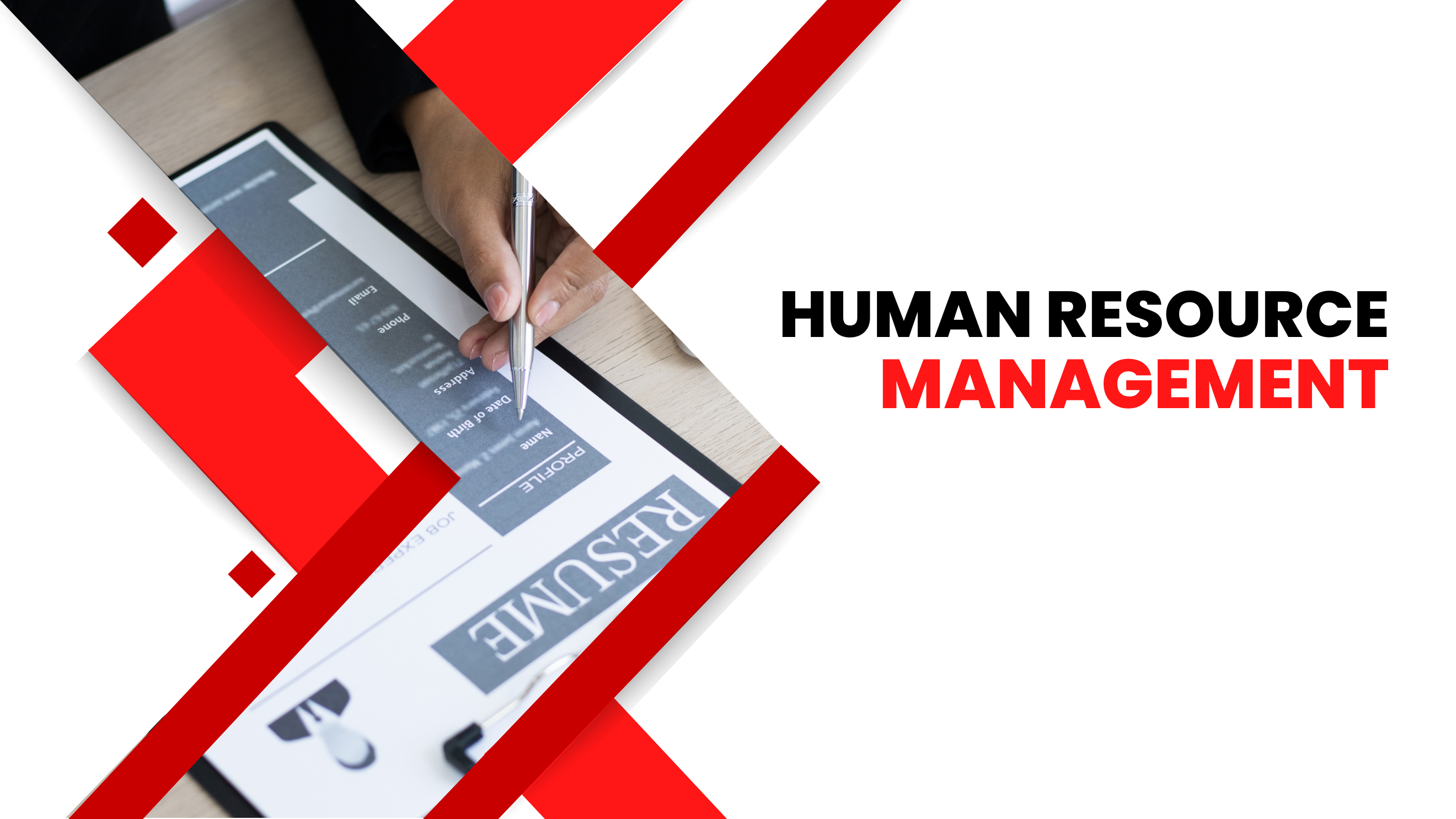Business
Resource Management: A Comprehensive Guide

Running a successful business requires effective resource management. It involves the efficient and effective deployment of an organization’s resources when they are needed. In this article, we take a deep dive into the subject of resource forecasting and management. Keep reading to understand its basics, advantages, implementation techniques, essential tools, and how to overcome challenges related to it.
Understanding Resource Forecasting and Management: The Basics
At its core, managing resources entails the supervision and allocation of resources, including employees, finances, technology, and more. It’s about planning, scheduling, and allocating your resources in the best possible way, with the goal of maximizing efficiency and productivity.
Every business resource has its specific use and relevance. Therefore, proper use and management of these resources is vital for the organization’s success. With efficient resource management, a company can meet its objectives elegantly while minimizing waste.
Essentially, managing resources is a vital activity in project management. It enables managers to clearly see what resources are available, what they’re used for, and when they’ll be needed.
Knowing how to manage resources can be a daunting task, given the complexity of larger organizations. However, it brings numerous benefits, which we’ll explore next.
Key Advantages of Managing Resources Efficiently
Streamlined management of resources enhances the effectiveness and profitability of an organization. Through it, an organization can reduce wastage, increase efficiency, and ensure that resources are allocated to the right projects at the right time.
Another advantage is increased productivity. When resources are well-managed, it prevents over-allocation or under-utilization, thus ensuring all resources are fully applied to the tasks at hand.
Efficient management of resources also enhances forecasting. By having a clear overview of available and utilized resources, an organization can make more accurate predictions for future projects.
Lastly, proper management improves job satisfaction and fosters healthier workplace relationships. This happens when resources are appropriately allocated, preventing burnout and frustration among the staff.
Approaches to Implementing Resource Management Techniques
Alt text: Five business professionals going over the department of resource management and reading through utilization reports
Implementing resource management techniques necessitates strategic thinking. It involves having a clear strategic plan, outlining the organization’s resources, and how they’re planned to be used.
An important approach is prioritizing. This means evaluating all resources and determining which ones need immediate attention. This ensures that critical tasks get the resources they require.
Alignment with business goals is another critical resource allocation approach. This implies adjusting the resource allocation in accordance with the operational objectives of the organization. Continual review and adjustment is another necessary step. Management should regularly check to ensure resources are allocated correctly and adjust where necessary.
Essential Tools for Managing Resources
Effective resource management often requires the right tools. These tools can range from software solutions that improve efficiency and accuracy to simple organizational techniques that promote better resource utilization.
Project management software often has features to assist with resource allocation. They help in tracking resources, assigning tasks, and providing useful visual overviews. Resource tools also include spreadsheets and other data-visualization techniques. These allow managers to quickly understand the status of resources and make informed decisions.
Overcoming Challenges
Challenges in resource allocation can arise from many sources, including over-allocation of resources, poor communication, and lack of visibility into resource usage. Fortunately, these issues can be mitigated.
Poor communication can be tackled by improving transparency and promoting constant interdepartmental dialogues. This way, everyone is aware of resource allocation and can work together more effectively.
To boost visibility into resource usage, consider implementing a real-time resource monitoring system. This allows for immediate identification and resolution of any resource discrepancies.
Overall, understanding and applying the principles of resource allocation can greatly improve a company’s productivity and efficiency. It’s a journey, but with the right skills, approaches, and tools, you’ll be well-positioned to reap the rewards of effective resource management.












